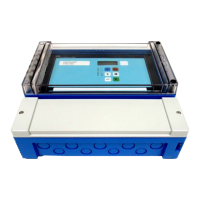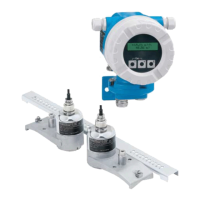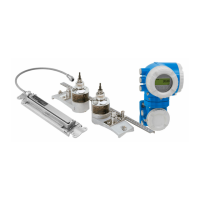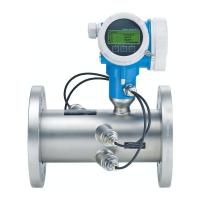Technical Data
162
13.1.3 Auxiliary energy
Supply voltage/
Power consumption/
Current consumption
Galvanic isolation The following terminals are galvanically isolated from each other:
• auxiliary energy
•sensor inputs
• analogue output 1
• analogue output 2
•relay outputs
• bus connection (PROFIBUS DP)
Fuse • 2 A T /DC
• 400 mA T /AC
accesible in the terminal compartment
13.1.4 Performance characteristics
Reference operating
conditions
• Temperature = 24±5 °C
• Pressure = 960±100 mbar
• Relative humidity = 60±15 %
• Ideally reflecting surface, sensor vertically aligned
(e.g. calm, plane liquid surface of 1 m
2
)
• No interference echoes within the signal beam
• Settings of the application parameters:
– tank shape = flat ceiling
– medium property = liquid
– process condition = calm surface
Measuring uncertainty
8)
±0,2 % of the maximum span of the sensor
Typical accuracy
9)
±2 mm + 0,17 % of the measured distance
Measured value resolution 1 mm with FDU91
Measuring frequency max. 3 Hz
The exact value depends on the settings of the application parameters and the instrument version.
!
Note!
The maximum measuring frequency is obtained for "empty E" ≤ 2 m and "process condition" = "test:
no filter".
Instrument version Supply voltage Power consumption Current consumption
AC voltage
(FMU90 - ****A****)
90 ... 253 V
AC
(50/60 Hz) max. 23 VA max. 100 mA at 230 V
AC
DC voltage
(FMU90 - ****B****)
10,5 ... 32 V
DC
max. 14 W (typically 8 W) max. 580 mA at 24 V
DC
8) according to NAMUR EN 61298-2
9) after calibration

